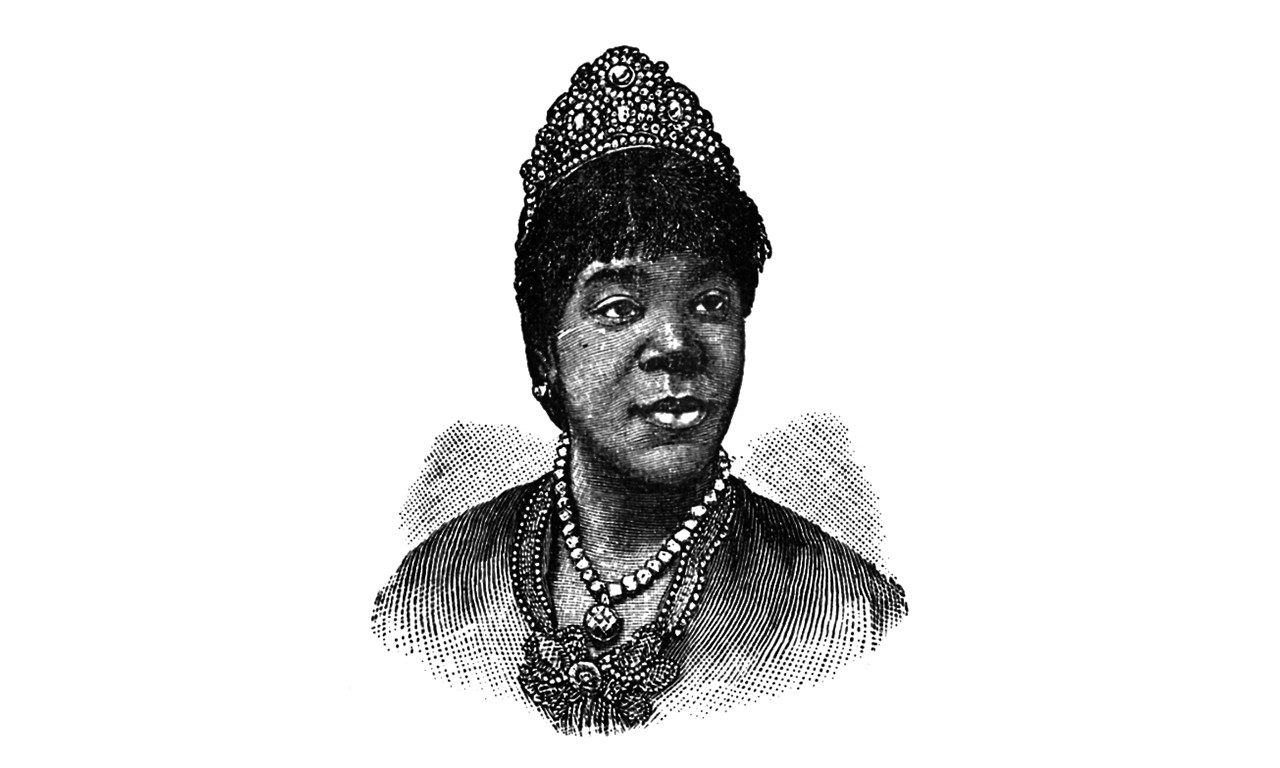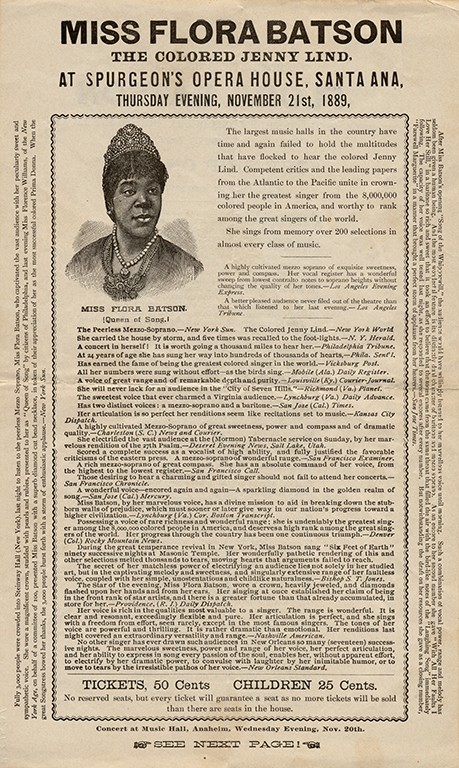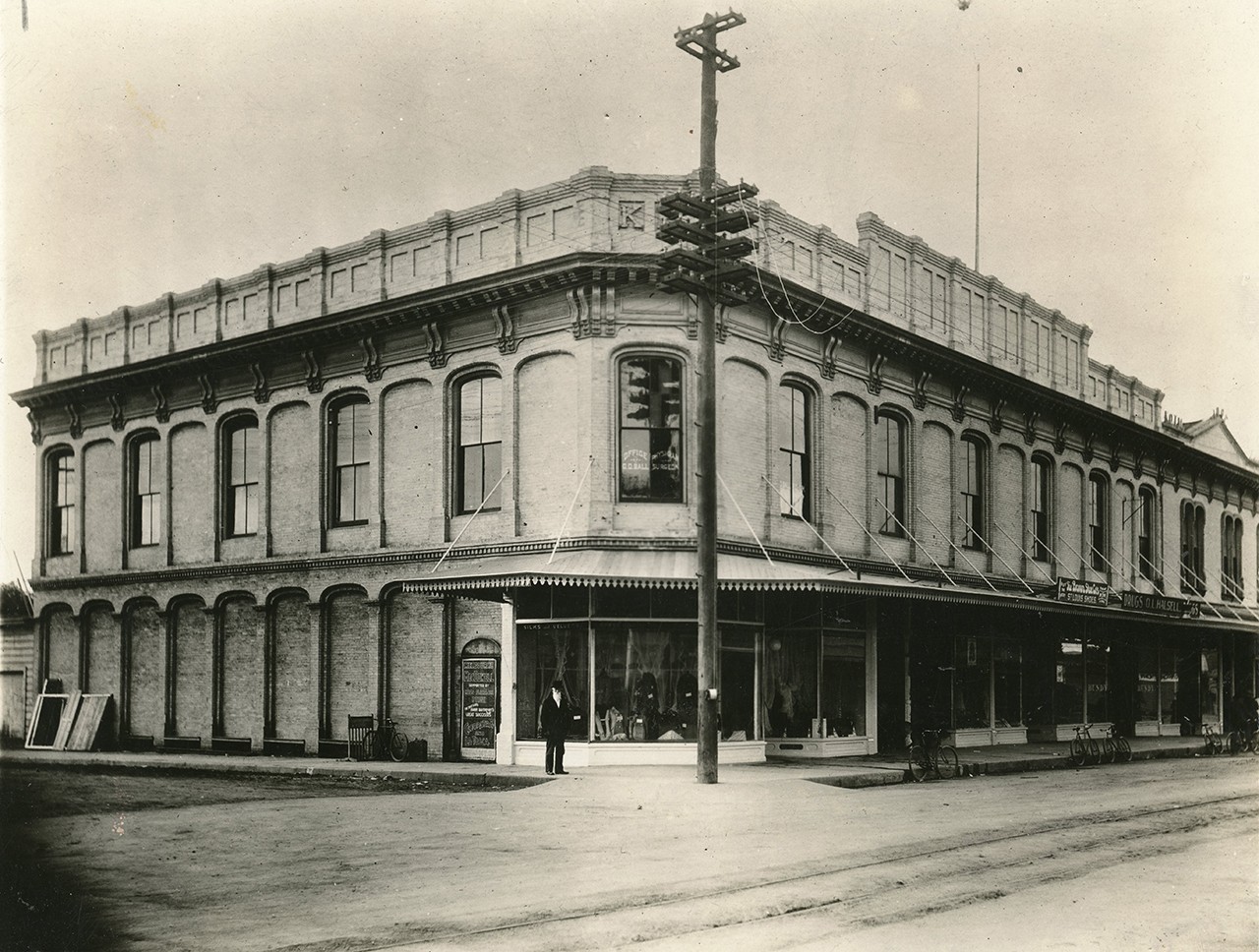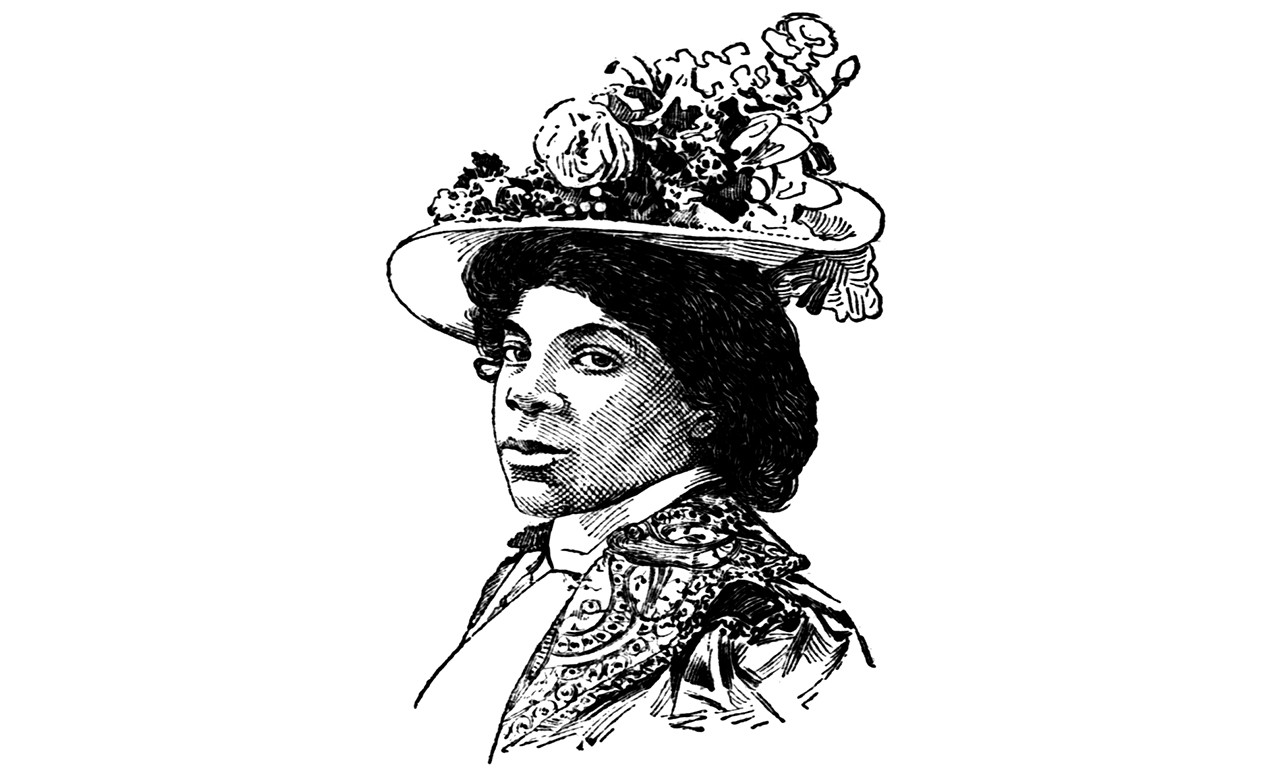2002 North Main Street
Santa Ana, California 92706
TEL: 714.567.3600
Flora Batson: The Queen of Song
 |
| Detail of 37521 Gift of Mr. Carl French Burns |
Santa Ana Stars
Santa Ana has been home to many stars, and a venue for far more. For example, the city’s stages were graced in the late years of the 19th century by the presence of perhaps the best Shakespearean actress of her day, Poland’s Madame Helena Modjeska. However, in those days it would have been practically unheard of for a woman of color to take the stage, an ugly truth which makes it even more impressive that Flora Batson performed in Santa Ana on the evening of Thursday, November 21, 1889. She was a Black woman; a mezzo-soprano who earned accolades like “the Queen of Song,” “probably the greatest ballad singer,” and “worth going 1,000 miles to hear.” In this post we look at the life of Flora Batson through the lens of a leaflet in the Bowers Museum’s permanent collections.
 |
| Program for Miss Flora Batson Performing at Spurgeon’s Opera House, November 21, 1889 Maker Unknown; Southern California Ink on paper; 6 × 10 1/4 in. 37521 Gift of Mr. Carl French Burns |
B&B
Flora Batson was born in Washington, D.C. in 1864 to a Civil War widow. At the age of three she and her family moved to Providence, Rhode Island and it was there that she discovered and honed her natural talent for song by performing in her church choir. By the time she turned 21, she had already left her hometown and during a 90-day performance in New York City drew the eye of James G. Bergen, manager of the Bergen Star Company. Bergen was a New England or Philadelphia man with an interest in cultivating home-grown talent and saw in Flora Batson that he had discovered a once in a lifetime performer. With his help, she was able to continually book venues which would normally have been exclusively reserved for white audiences and performers. Sometime in the late 1880s she also became a tutor to Sissieretta Jones—arguably the most successful Black performer of the late 19th and early 20th century and indisputably the best-paid. The two performed together on at least one occasion in Providence, Rhode Island.
Flora and Fawning
In addition to many other barriers that she broke through during her lifetime, Batson also fell in love with and married Bergen. With anti-miscegenation laws in place in 31 of the 50 states and interracial marriages met with discrimination and sometimes outright violence in all 50, it was brave of them both. Certainly, the pair faced their degree of prejudice in the form of international tabloids scathingly attacking their union. Though they never had any children together, Batson became a stepmother to a son that Bergen had from a previous marriage.
 |
| The Spurgeon Building, Once Spurgeon's Opera House, early 20th Century Unknown Photographer; Santa Ana, California Photographic print; 7 x 9 1/4 in. 6657A.2 Terry E. Stephenson Collection |
Booking of a Lifetime
At the height of her fame in 1889, whoever was then responsible for the bookings at Santa Ana’s Spurgeon Opera House managed to book Flora Batson for a one evening performance. The many resplendent accolades listed on the bill speak volumes to how well she had been received around the county, in several instances comparing her to the white singer Jenny Lind, an advertising strategy which was also employed to Sissieretta Jones’ benefit. The reverse of the leaflet contains the lyrics to The Ship on Fire by Charles Mackey and music by Henry Russell, these were some of the many songs Batson performed for her Santa Ana audience. As an interesting sidenote, the opera house that she performed in that night was demolished in 1913 to make way for what is now the Spurgeon Building in downtown Santa Ana. It just so happens that this theater was also the site of the first film screening in the county. Unfortunately, there is no record of Batson’s Santa Ana performance, but one can imagine it was of an equal caliber to those which reviewers from major periodicals of the day described as being transcendentally excellent.
 |
| Drawing of Flora Batson in the February 14, 1903 edition of The Colored American |
Five Encores and Counting
Unfortunately, good things tend to last only until they don’t. Bergen passed away in 1896 and left Batson without any money or inroads into the major venues she had once performed in. Practically overnight she went from singing for Pope Leo XIII and Queen Victoria, to working in vaudeville. The change was indicative of a larger shift too. White Americans had never really accepted Black performers, and once the novelty wore off, they—with exception to just a few artists like Sissieretta Jones—returned to discriminating against prima donnas based on their skin color. Batson did eventually get remarried to a Black man and basso by the name of Gerard Millar, the two of them often performed together until her untimely and unexpected passing in 1906.
Though her life was hardly devoid of heartbreak, Flora Batson could claim a credit that few could: having been regarded as the best in world at something for a short while. This leaflet in our collections commemorates a time and place when a packed crowd set aside all thoughts of hate and discrimination and listened on in awe to a Black artist’s achingly beautiful voice.
Text and images may be under copyright. Please contact Collection Department for permission to use. References are available on request. Information subject to change upon further research.

Comments